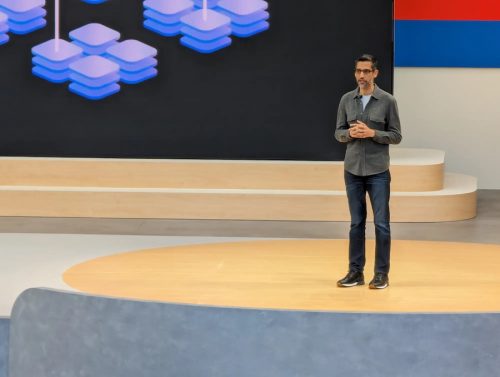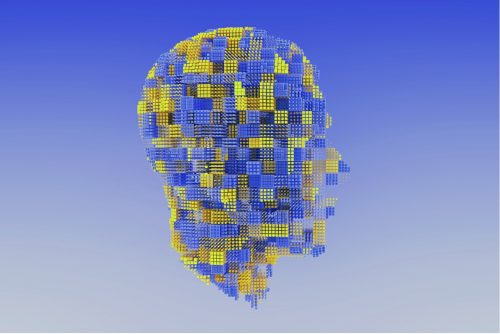Kebotix is currently taking care of a robot which can create new materials to combat pollution.

A machine learning software developed by a startup called Kebotix is attempting to analyze the outcome and come up with hypotheses, together with a robot arm that is capable of dipping a pipette into a dish and transfer the amount of liquids into other receptacles. The robot is expected to create new materials in coming years with the hope to compose a compound that could stop infection or absorb bacteria.
Kebotix combines a few methods to design the system which is dubbed a “self-driving lab”. The company provides the software its existing knowledge of compounds with advantageous properties to learn. The algorithm will do the rest and start to new samples that fit the same model. Another network is used to remove unwanted designs from samples. Subsequently, the remaining structures will go through another test system, then fed back into the machine-learning pipeline to get closer to the desired features.
“The AI predicts and plans what to do next; the robot automation system very rapidly tests our new molecule,” Kreisbeck, the company’s Chief Product Officer said. “The machine can learn from the database and make a better decision for the next round.”
However, giving machine the full control of chemical substances and the lab could be extremely dangerous. According to Layer 1 in the AIWS 7-Layer Model of standards for AI developments, this self-driving lab needs to follow all safety procedure to avoid possible accidents.










